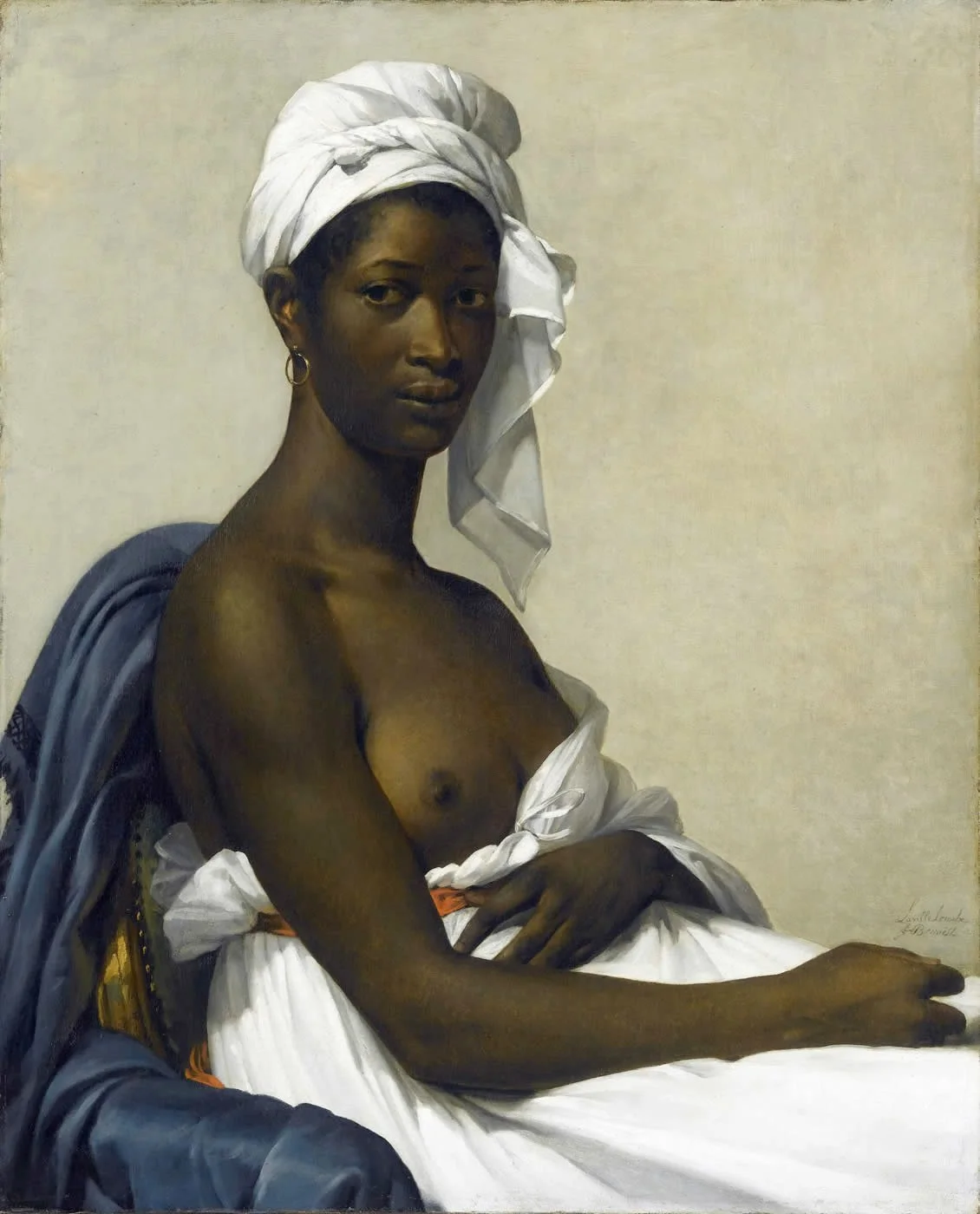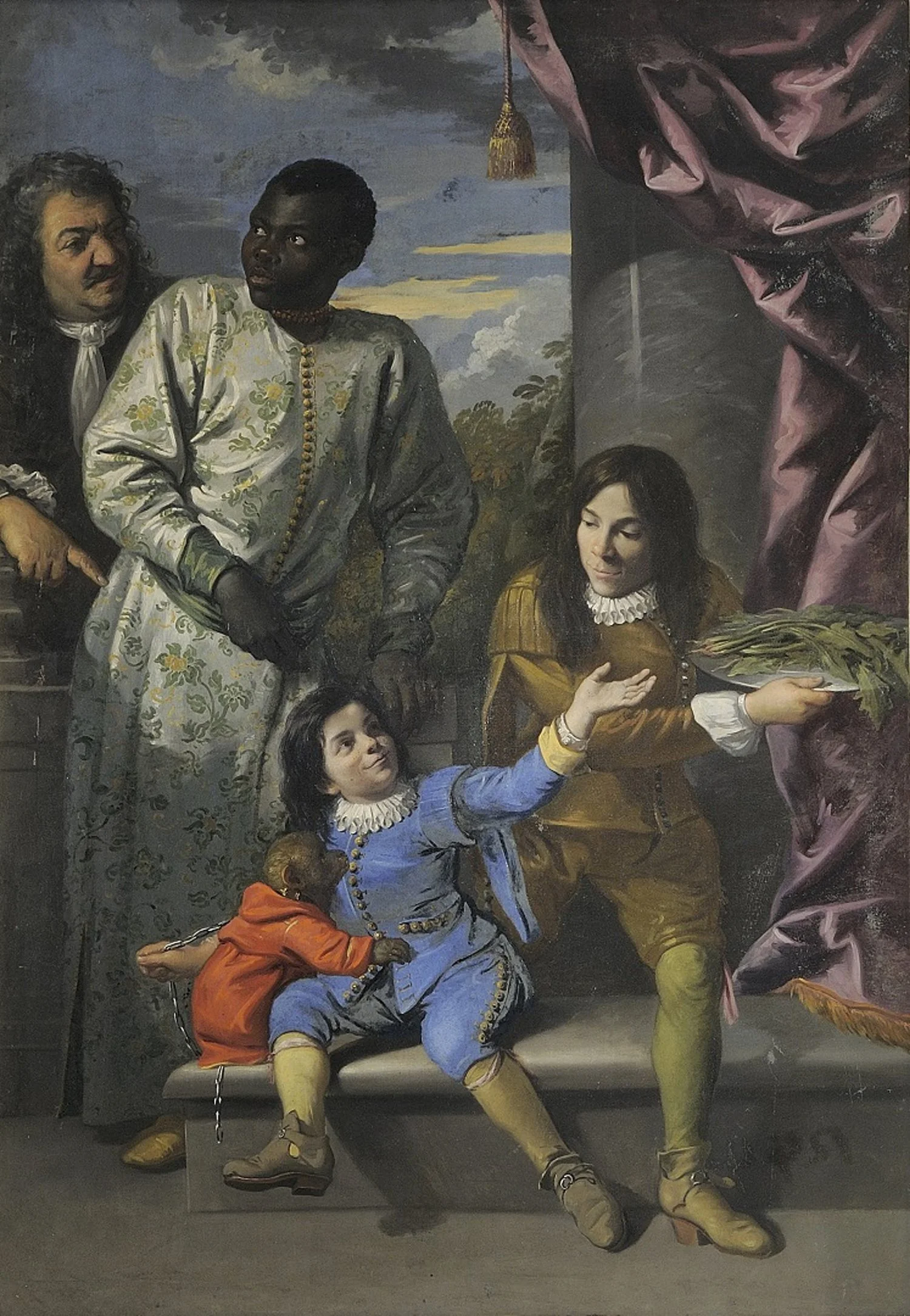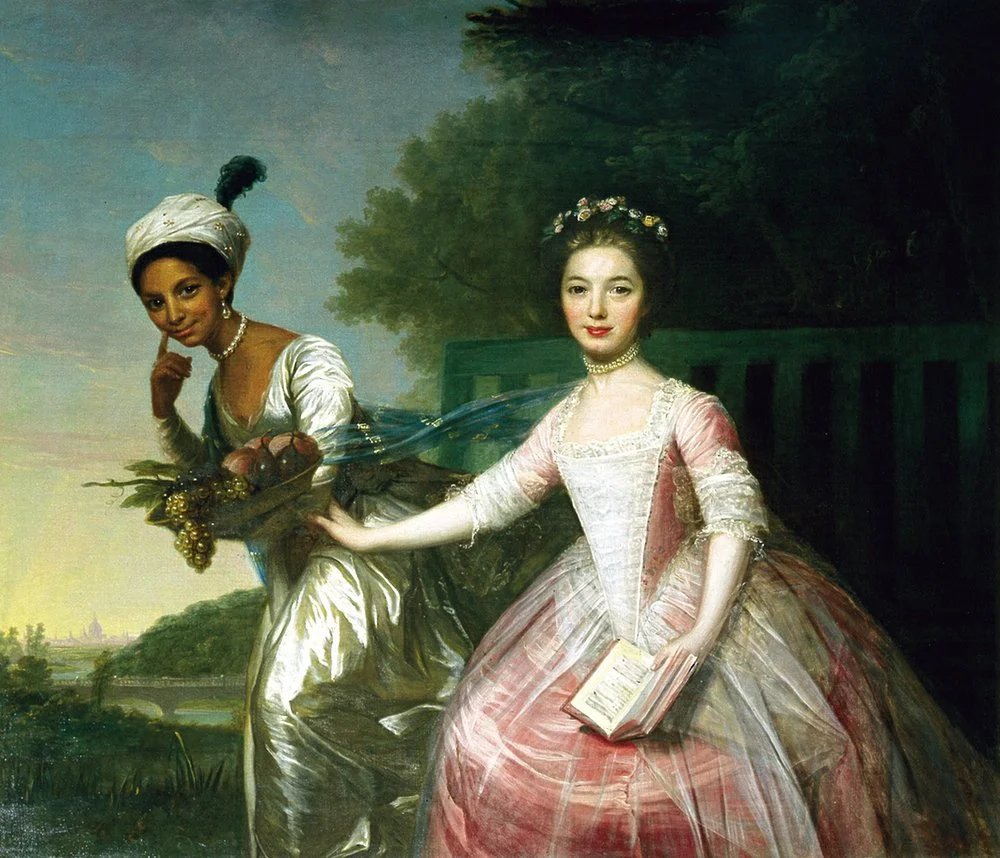Should we rename artworks that have offensive titles?
Edgar Degas, Ukrainian Dancers, c.1899, pastel and charcoal on tracing paper laid onto millboard, 73 x 59.1 cm, National Gallery, London (Image: National Gallery)
In April this year, the National Gallery in London renamed its Degas painting, formerly known as ‘Russian Dancers’, as ‘Ukrainian Dancers’. The painting is part of a series made by Degas around 1899 which depicts traditional Ukrainian folk dancers as, in the words of the artist himself, ‘orgies of colour’. Following the Russian invasion of Ukraine in February 2022, the painting’s former title was criticised widely on social media for reinforcing the historical (and continuing) appropriation of Ukrainian culture by Russia. Director of the London-based Ukrainian Institute, Olesya Khromeychuk, noted that: ‘Putin has one of the largest armies in the world, but he has other weapons too. Culture and history take a prominent place in his arsenal.’
This is just one example of a growing trend in cultural institutions to re-name problematic titles of artworks; a phenomenon which is not without controversy. In a 2019 exhibition at the Musée d’Orsay in Paris, ‘Black Models: from Géricault to Matisse’, many paintings were re-named in honour of the Black sitters painted in them. This was made possible by strenuous efforts on the part of curators and scholars to trace their identities. In an interesting article ‘What should we do about paintings with racist titles?’, Canadian novelist Esi Edugyan noted that the curators of this exhibition wanted ‘to remind the viewer of the indelible presence of Black people in France for centuries.’ One example was Marie-Guillemine Benoist’s formerly titled Portrait of a Negress (1800), which debuted its new name at the exhibition: Portrait of Madeleine. The new name helps, at least to some extent, to reclaim the sitter’s humanity and individuality.
In 2015, the Rijksmuseum in Amsterdam began its ‘Adjustment of Colonial Terminology’ initiative, which involved removing any terms which could be considered offensive from the titles and descriptions of artworks in its collection. Martine Gosselink, the head of the history department at the museum, explained: ‘the point is not to use names given by whites to others.’ These include words like ‘negro’, ‘Indian’ and ‘dwarf’.
Marie-Guillemine Benoist, Portrait of Madeleine (formerly known as Portrait of a Negress), 1800, oil on canvas, 81 x 65 cm, Louvre, Paris (Image: Smart History)
One of the paintings which featured in the lecture series Black Presence in 2020 by Justin Randolph Thompson, Director of Black History Month Florence. Anton Domenico Gabbiani, Portrait of Four Servants of the Medici Court, c.1680s, oil on canvas, 205 x 140 cm, Pitti Palace, Florence (Image: Uffizi)
Much of the resistance to such changes is, unfortunately, down to politics. In Italy in 2020, a lecture series at the Uffizi Galleries exploring 8 artworks featuring people of African descent (painted between the 15th and 18th centuries) provoked far-right processions on the streets of Florence. In the case of The Dresden State Art Collections (SKD), which has altered 143 work titles since 2020, the institution was met with political resistance (including a petition - started by member of right-wing party the Freie Wähler - to revert the names, which ultimately failed to get enough signatures to be heard in parliament). The common theme in this resistance is the perception that re-naming artworks is a form of rewriting history. Mostly, this is untrue: people of African descent have always been present in Italy; Degas’ dancers were Ukrainian; Benoist’s sitter was called Madeleine. It is a question of shifting the emphasis away from the dominant narrative, and allowing space to see artworks from more marginalised perspectives.
The challenge of renaming artworks forces us to delve deeper into archives and overlooked historical sources, often in an attempt to determine the identities of forgotten subjects. Names are a key tool for humanising the sitters in a painting. We might think of Diego Velázquez’s Portrait of Sebastián de Morra (c.1645), a portrait depicting a Flemish man with dwarfism who worked in the Spanish court as a court jester. That Velázquez has chosen to represent De Morra’s intense, penetrating gaze suggests the painter’s respect for his subject. It is poignant to think that people with dwarfism, working in European courts at the time, were often given grandiose names as a form of mockery. But today, remembering De Morra’s name is a way of preserving his humanity; and, more broadly, remembering the presence of marginalised groups throughout history.
Diego Velázquez, Detail of Portrait of Sebastián de Morra, c.1645, oil on canvas, 106.5 x 82.5 cm, Museo del Prado, Madrid (Image: Wikipedia)
However, it is important to consider how the renaming of artworks can run the risk, as Esi Edugyan points out, of erasing ‘certain historical resonances’. One of our Instagram followers noted, in reference to Degas’ renamed pastel drawing, that whilst it is important to acknowledge the fact that the dancers are Ukrainian, changing the name ‘erases the truth that there has historically been a problem with incorrectly labeling lots of things ‘Russian’ [just] because they happen to be in Eastern Europe.’ They go on to ask: ‘Is it not more effective to call attention to this problem, while highlighting Ukrainian culture at the same time?’ Another follower similarly suggested an alternative title: ‘Ukrainian Dancers (formerly Russian Dancers)’.
Some of our Instagram followers felt strongly that changing titles was a ‘brazen’ move because it ‘titles show an artist’s point of view, which is important to know, even if it is prejudiced or outdated.’ It is worth noting that, in most cases for pre-20th-century artworks, titles were rarely by the artist, but instead by curators, collectors, vendors or gallery owners; this is thought to be the case, for example, for Benoist’s portrait of Madeleine. In these instances, it is useful to remember that, as another follower observed, ‘titles are rarely fixed in the history of objects and so we should not be afraid of changes. However, sometimes titles provide their own context which are intrinsic to the work.’
David Martin, Portrait of Dido Elizabeth Belle Lindsay and Lady Elizabeth Murray, c. 1778, oil on canvas, Scone Palace, Scotland (Image: Wikipedia)
Sometimes, title changes act as historical sources in themselves. For example, when the double portrait of aristocratic cousins Dido Elizabeth Belle and Lady Elizabeth Murray (painted around 1778) was first recorded in an inventory in 1793, it was given the title ‘Lady Elizabeth and Mrs Davinier’ (the use of Dido’s married name most likely implying a sense of familiarity). In 1904, however, its title was recorded as ‘Portrait of Lady Finch Hatton [Elizabeth’s married name], seated in a garden with an open book and a negress attendant.’ This name completely overlooks the fact that Dido and her cousin are generally represented as equal subjects in the painting (although it should still be noted that Dido is shown in a more orientalised fashion). Whilst the early 20th-century title reveals deep racial prejudices which, today, are far from acceptable, these views are arguably important to remember and interrogate. Edugyan explains how offensive names ‘bear witness to the ugliness of a time and mindset in which such epithets were an accepted and neutral thing’. Perhaps the most effective approach to renaming artworks involves using the new title alongside a short explanation of the previous title. It could be a way of starting conversations about how society has changed - and continues to change.
(Written by Esme Garlake on behalf of Athena Art Foundation, June 2022)




